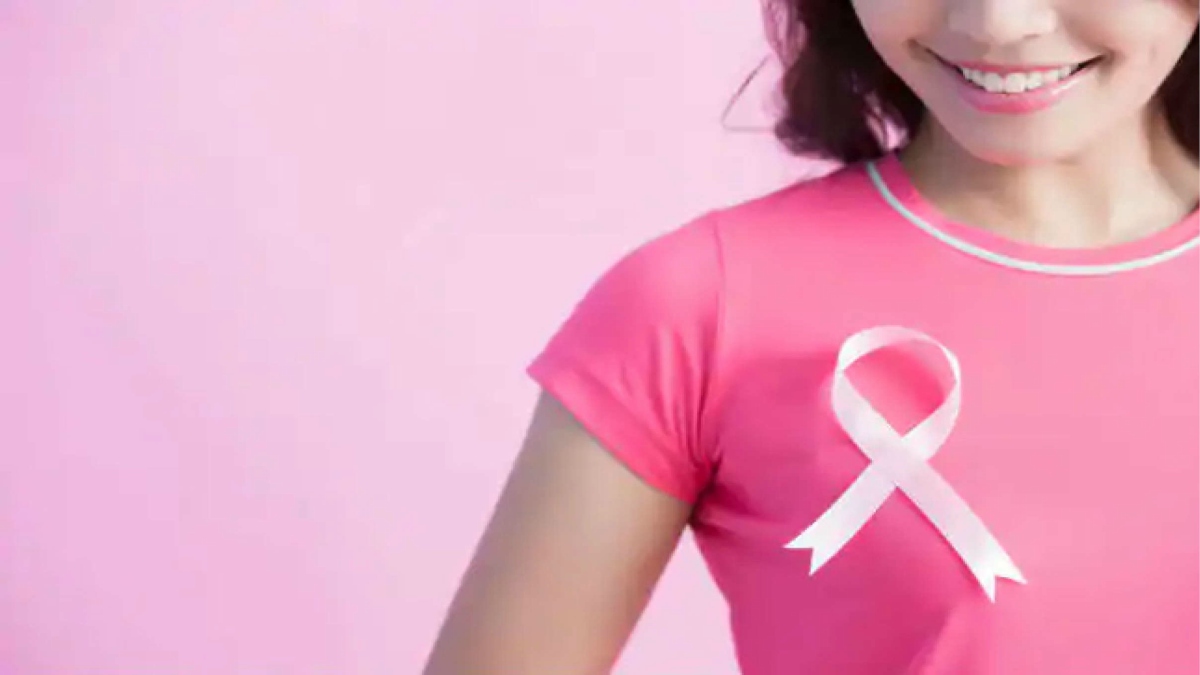


Were you aware that 1 in 29 Indian females has a chance of developing breast cancer in their lifetimes? Did you know that this form of cancer is most prevalent among urban Indian women, with the highest number of cases reported in Kerala? These numbers are certainly alarming, and as we just observed the Breast Cancer Awareness Month in October, it’s time to highlight them. It’s also the time to spread awareness of this widespread disease, so that women, and even men, can stay abreast of regular check-ups and prevent it from spreading to a high degree, making it harder to treat.
WHY AWARENESS IS IMPORTANT
According to the World Health Organization (WHO), cancer of the breast is the most frequent among women, with nearly 2.1 million women being impacted each year. It is also responsible for the greatest number of cancer-related deaths in women, far surpassing other deadly cancers such as cervical and ovarian.
Unlike other life-threatening diseases, breast cancer affects women across the globe, both in developed as well as developing nations. It is estimated that in 2020 in the United States of America alone, 42,690 breast cancer deaths (42,170 women, 520 men) will occur. Though incidence of breast cancer is highest in the world amongst Caucasian women, other ethnicities and races are not far behind.
India has a large population of young people, and as cases of breast cancer consistently rise, this denomination is worrisome, as it will certainly increase the rate of breast cancer diagnoses, in the coming years. Studies have shown that there has been a huge spike in cases of breast cancer after 2012, linking this rise to lifestyle choices, among other factors.
THE CAUSES OF BREAST CANCER
Though definitive causes have not been determined for the phenomenal rise of breast cancer among women, studies conducted by organisations such as the World Cancer Research Fund International, have thrown light on trends that seem to motivate the growth of this cancer.
There is strong evidence to show that the consumption of alcoholic drinks, having a greater weight at birth and adult attained height can cause pre-menopausal breast cancer. Vigorous physical activity and greater body fatness are seen as protective factors against premenopausal breast cancer. The same factors affect post-menopausal breast cancer as well, except for the determinative one being adult weight gain, instead of at birth. There is also strong evidence that lactation adds protection against breast cancer.
HOW TO IDENTIFY IF YOU HAVE BREAST CANCER
Regular self-checks are the best way to stay updated with your own body and recognise the signs of breast cancer early on. The best time of the month to self-examine is usually a week after your menstrual period begins, as your breasts will not be as swollen or tender. One should start checks as early as in their late-teens to twenties, as this disease seems to be targeting younger people, more than it ever did before.
SOME OF THE INDICATIVE SIGNS OF BREAST CANCER INCLUDE
• A new lump in the breast or underarm area
• Swelling of any part of the breast
• Irritation or dimpling of skin in that area
• Redness or flaky skin
• Inversion of the nipple or pain around that area
• Discharge other than breast milk, including blood
• Changes in size or shape and pain in any area of the breast and chest.
WHEN TO VISIT THE DOCTOR
If you feel any of the symptoms mentioned above, it is best to have it checked by a specialist or a doctor. You could opt for a mammogram or a breast ultrasound which is a less painful option. Even if you do not feel the urge to visit a doctor immediately upon the sight or feel of a lump in the breast, you must schedule an appointment, as soon as you feel any of the following symptoms:
• The lump feels firm or hard
• It persists beyond four to six weeks
• You notice changes on the skin such as redness, crusting, dimpling or puckering
• You have discharge and your nipple is turned inward
• If you can feel the lump enlarging
Our health is in our hands and it is up to us to ensure we take care of the body given to us. Simple self-examinations of the breast every month and specialist check-ups once a year after age 25 and once every 6 months after age 35, will help you stay as safe as possible.
The writer is a lawyer who pens lifestyle articles on her successful blog www.nooranandchawla.com. She can be found on Instagram @nooranandchawla.